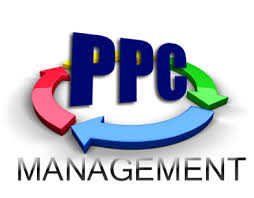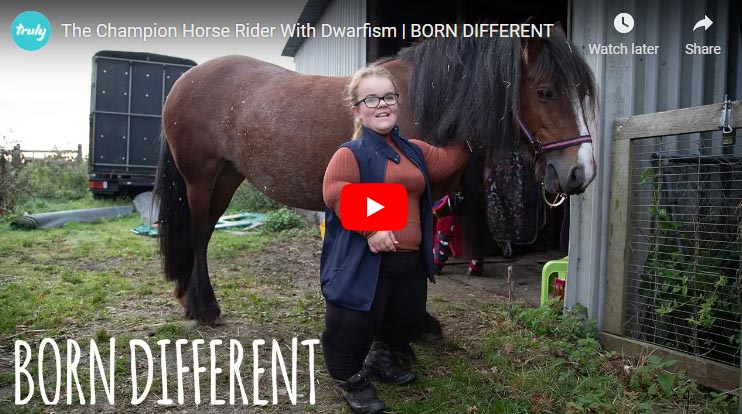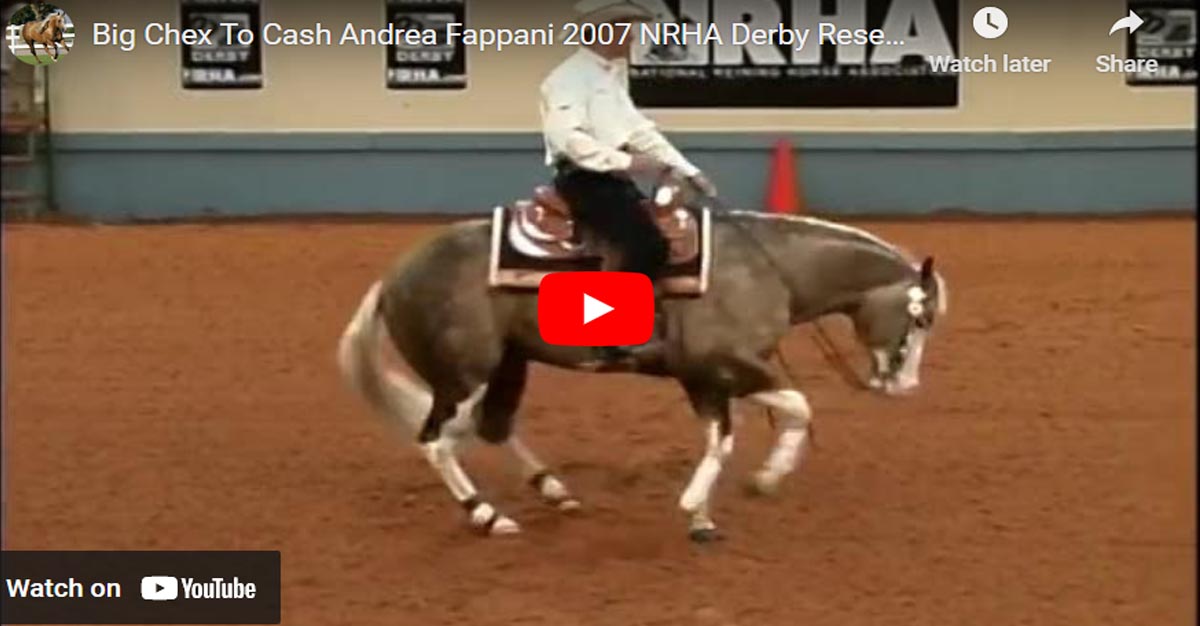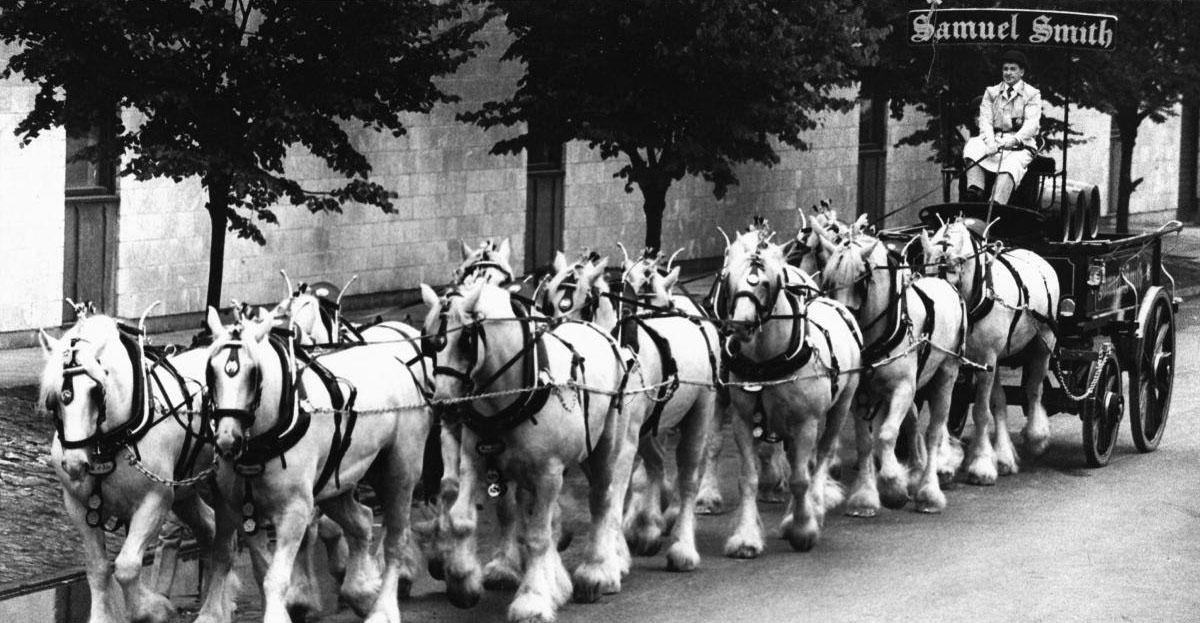8 Google Adwords Strategies That 95% of Your Competitors Don`t Know
If you know the 8 strategies below, then:
• Leap past competitors to the first page of Google in just 15-minutes
• Screen-out unqualified tire-kickers who run-up your credit card bill
• Boost your clickthrough rate 31-305%+ with ~100 test ads in 30 days
There`s a reason why Google grosses $6 billion/year. Searchers click on those little, 4-line ads to find what they`re shopping for. In fact, Google Adwords pay-per-click (PPC) advertising is the most realistic way for new or existing businesses to add hundreds - thousands of dollars/day in new revenues, starting in just 15 minutes...
But, how does one Adwords advertiser get on the 1st page of Google, while a competitor remains buried on page 2? What makes the difference between campaigns in the red vs. those in the black?
There are 5 keys to Adwords profits:
1. Setup
2. Keywords
3. Bidding
4. Copywriting
5. Optimizing
Master only one, and put your campaign on Pause. Master only 2, and you`ll still be in the red. Master only 3, and you might break even. Master only 4, and you might make a profit. Master all 5, and watch your revenues soar.
Most Google Adwords ads leave money on the table, due to low clicks from programming errors. Or, unqualified clicks drive-up Google`s stock, instead of yours. Plus, unpersuasive ads reveal an ignorance of advanced copywriting strategies. And, that`s just the tip of the iceberg...
Before we look at Adwords strategies, let`s ask a basic question...
Is Google Adwords Right for Your Product/Service?
Do you have any competitors on Adwords? If not, then take your foot off the gas pedal, slow down, pull over, and look at the map. There`s a 95% chance that your product/service is a good candidate for Adwords, especially if competitors have long–running campaigns.
To thrive on Adwords, you need 2 factors: Popular keywords that describe your product/service, and healthy profit margins.
Believe it or not, a few, new products fail on Adwords. Why? Because their concept is so new, they have no popular search terms yet in the English language.
Of course, you can target indirect keywords, but direct keywords convert much higher. (Nice to know when you`re paying for every click, isn‘t it?)
In addition to popular keywords, you need a decent profit margin. I`ll never forget the restaurant owner who told me that his average profit/sale was only $6. So, I advised him to pause his Adwords campaign.
Forget Branding/Image Advertising,
Think Direct Response Advertising
It`s a fact, branding/image style PPC advertising doesn`t work, period. Only direct response works. And, the philosophical mindsets of the 2 styles take years to learn (or unlearn.)
You know those silly TV commercials, like the beer ads? Unfortunately, they often leave you remembering only the joke, but not the product. The goal of that kind of branding/image style ad is name recognition by using humor. It`s like hiring a comedian as your sales rep.
On the other hand, the goal of direct response advertising is to motivate readers to respond now (for lead generation or sales.) That`s like the goal of PPC: To motivate readers to respond now by clicking your link.
You can learn copywriting by studying the direct response copywriting legends like Gary Bencivenga, Eugene Schwartz, Ted Nicholas, Jay Abraham, and Dan Kennedy (if you`ve got the money to afford their training courses.) The more years you study direct response copywriting strategies, the more you know which words to choose to make buyers jump out of their seats.
OK, let`s get down to business. The following 8 strategies will advance you to the 95th percentile of Adwords advertisers. (I know, because I read their ads every day when I search Google. And, 19 out of 20 ads reveal obvious signs of incompetency.)
1. Know Your Competitors and Prospects
Research! Any shrewd advertiser prepares to write winning ads by printing out competitors` websites, and studying their ad copy, in order to beat them. Look for 2 things: Keywords and words/phrases that sell.
Learn to read your prospects` minds by asking yourself several questions, like these...
What are your prospects` demographics?
Which emotions trigger them? Fear, money, worry, security?
What are your prospects frequently asked questions?
What are their most common objections?
What is your U.S.P. (unique selling proposition?)
Here`s a complete list of ad research questions to help prepare for your ad campaign: PPC Advertising Survey.
2. Select Only Relevant, Targeted Keywords
Find your keywords by using Google`s keyword tool and Bing`s keyword tool.
3. Identify Dozens of Negative Keywords
Highly profitable campaigns usually contain dozens of negative keywords. Negative keywords prevent your ads from displaying to searchers who are unlikely to buy. This helps to decrease your clickthrough charges, while raising your clickthrough rates.
So, from the keyword list above, let`s select these negative keywords: real estate, cook book, and newspaper.
4. Divide Your Keywords Into 40-80+ Ad Groups
Separate your keywords into dozens of Ad Groups. Include closely-related phrases in the same groups.
5. Divide Singular and Plural Keywords Into Separate Ad Groups
Adwords highlights only exact matches in bold. So, if someone searches “mortgages,” but an ad says “mortgage,” then that word does not get highlighted in bold. And believe me, your CTR suffers.
Laziness tries to take shortcuts. But, a conscientious advertiser writes separate ads for high-traffic singulars and plurals.
6. Write Different Ads for Each of Those Ad Groups
One of the most costly and common mistakes is using the same ad for all your keywords. You must, I repeat, you must change at least the ads` headlines to include each different keyword phrase. Plus, if the keywords require it, you must change ads` body copy to compliment them.
The goal is to get the keywords highlighted in bold in the search results. Why bold highlights? To stop readers from skimming when they see exactly what they`re searching for in bold.
7. Sreen-Out Unqualified Clicks From Running-Up Your Credit Card Bill
There are several ways to qualify your prospects, including:
Restrict your ads from showing for negative keywords, or in specific countries, states, or cities.
Write qualifiers in your ad copy: Demographics, price, etc.
8. Invest 25-35+ Hours Tweaking Your Profits
A normal Google Adwords campaign requires ~30 hours spread-out over a 30-day period: 2 days to program it, and 28 days to test new ads to tweak your CTR. Thirty days seems to be enough time to test every conceivable variable.
A highly-optimized campaign may test as many as 40 ads on the highest traffic keyword Ad Group, and 100+ ads for the whole campaign. If you don`t understand how to find over 40 variables to test in one ad, that`s an advantage that comes from knowing dozens of direct response copywriting strategies.
In summary, Google Adwords can generate record revenues for you, if you have the right setup, keywords, bidding, copywriting. and optimization. Which result will you see next month: Losses, mediocrity, or record revenues?

• Leap past competitors to the first page of Google in just 15-minutes
• Screen-out unqualified tire-kickers who run-up your credit card bill
• Boost your clickthrough rate 31-305%+ with ~100 test ads in 30 days
There`s a reason why Google grosses $6 billion/year. Searchers click on those little, 4-line ads to find what they`re shopping for. In fact, Google Adwords pay-per-click (PPC) advertising is the most realistic way for new or existing businesses to add hundreds - thousands of dollars/day in new revenues, starting in just 15 minutes...
But, how does one Adwords advertiser get on the 1st page of Google, while a competitor remains buried on page 2? What makes the difference between campaigns in the red vs. those in the black?
There are 5 keys to Adwords profits:
1. Setup
2. Keywords
3. Bidding
4. Copywriting
5. Optimizing
Master only one, and put your campaign on Pause. Master only 2, and you`ll still be in the red. Master only 3, and you might break even. Master only 4, and you might make a profit. Master all 5, and watch your revenues soar.
Most Google Adwords ads leave money on the table, due to low clicks from programming errors. Or, unqualified clicks drive-up Google`s stock, instead of yours. Plus, unpersuasive ads reveal an ignorance of advanced copywriting strategies. And, that`s just the tip of the iceberg...
Before we look at Adwords strategies, let`s ask a basic question...
Is Google Adwords Right for Your Product/Service?
Do you have any competitors on Adwords? If not, then take your foot off the gas pedal, slow down, pull over, and look at the map. There`s a 95% chance that your product/service is a good candidate for Adwords, especially if competitors have long–running campaigns.
To thrive on Adwords, you need 2 factors: Popular keywords that describe your product/service, and healthy profit margins.
Believe it or not, a few, new products fail on Adwords. Why? Because their concept is so new, they have no popular search terms yet in the English language.
Of course, you can target indirect keywords, but direct keywords convert much higher. (Nice to know when you`re paying for every click, isn‘t it?)
In addition to popular keywords, you need a decent profit margin. I`ll never forget the restaurant owner who told me that his average profit/sale was only $6. So, I advised him to pause his Adwords campaign.
Forget Branding/Image Advertising,
Think Direct Response Advertising
It`s a fact, branding/image style PPC advertising doesn`t work, period. Only direct response works. And, the philosophical mindsets of the 2 styles take years to learn (or unlearn.)
You know those silly TV commercials, like the beer ads? Unfortunately, they often leave you remembering only the joke, but not the product. The goal of that kind of branding/image style ad is name recognition by using humor. It`s like hiring a comedian as your sales rep.
On the other hand, the goal of direct response advertising is to motivate readers to respond now (for lead generation or sales.) That`s like the goal of PPC: To motivate readers to respond now by clicking your link.
You can learn copywriting by studying the direct response copywriting legends like Gary Bencivenga, Eugene Schwartz, Ted Nicholas, Jay Abraham, and Dan Kennedy (if you`ve got the money to afford their training courses.) The more years you study direct response copywriting strategies, the more you know which words to choose to make buyers jump out of their seats.
OK, let`s get down to business. The following 8 strategies will advance you to the 95th percentile of Adwords advertisers. (I know, because I read their ads every day when I search Google. And, 19 out of 20 ads reveal obvious signs of incompetency.)
1. Know Your Competitors and Prospects
Research! Any shrewd advertiser prepares to write winning ads by printing out competitors` websites, and studying their ad copy, in order to beat them. Look for 2 things: Keywords and words/phrases that sell.
Learn to read your prospects` minds by asking yourself several questions, like these...
What are your prospects` demographics?
Which emotions trigger them? Fear, money, worry, security?
What are your prospects frequently asked questions?
What are their most common objections?
What is your U.S.P. (unique selling proposition?)
Here`s a complete list of ad research questions to help prepare for your ad campaign: PPC Advertising Survey.
2. Select Only Relevant, Targeted Keywords
Find your keywords by using Google`s keyword tool and Bing`s keyword tool.
3. Identify Dozens of Negative Keywords
Highly profitable campaigns usually contain dozens of negative keywords. Negative keywords prevent your ads from displaying to searchers who are unlikely to buy. This helps to decrease your clickthrough charges, while raising your clickthrough rates.
So, from the keyword list above, let`s select these negative keywords: real estate, cook book, and newspaper.
4. Divide Your Keywords Into 40-80+ Ad Groups
Separate your keywords into dozens of Ad Groups. Include closely-related phrases in the same groups.
5. Divide Singular and Plural Keywords Into Separate Ad Groups
Adwords highlights only exact matches in bold. So, if someone searches “mortgages,” but an ad says “mortgage,” then that word does not get highlighted in bold. And believe me, your CTR suffers.
Laziness tries to take shortcuts. But, a conscientious advertiser writes separate ads for high-traffic singulars and plurals.
6. Write Different Ads for Each of Those Ad Groups
One of the most costly and common mistakes is using the same ad for all your keywords. You must, I repeat, you must change at least the ads` headlines to include each different keyword phrase. Plus, if the keywords require it, you must change ads` body copy to compliment them.
The goal is to get the keywords highlighted in bold in the search results. Why bold highlights? To stop readers from skimming when they see exactly what they`re searching for in bold.
7. Sreen-Out Unqualified Clicks From Running-Up Your Credit Card Bill
There are several ways to qualify your prospects, including:
Restrict your ads from showing for negative keywords, or in specific countries, states, or cities.
Write qualifiers in your ad copy: Demographics, price, etc.
8. Invest 25-35+ Hours Tweaking Your Profits
A normal Google Adwords campaign requires ~30 hours spread-out over a 30-day period: 2 days to program it, and 28 days to test new ads to tweak your CTR. Thirty days seems to be enough time to test every conceivable variable.
A highly-optimized campaign may test as many as 40 ads on the highest traffic keyword Ad Group, and 100+ ads for the whole campaign. If you don`t understand how to find over 40 variables to test in one ad, that`s an advantage that comes from knowing dozens of direct response copywriting strategies.
In summary, Google Adwords can generate record revenues for you, if you have the right setup, keywords, bidding, copywriting. and optimization. Which result will you see next month: Losses, mediocrity, or record revenues?



























